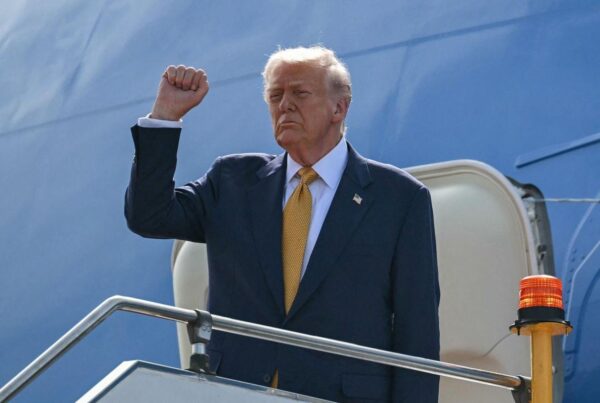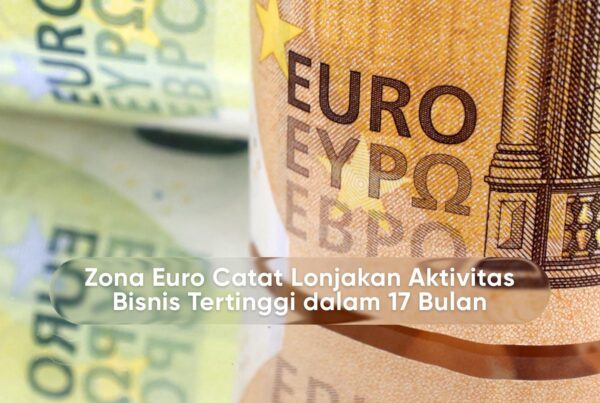The Indonesian economy faces major challenges in the first half of 2025. GDP growth only reached 4.9 percent in the first quarter, down from 5.1 percent in 2024, according to Statistics Indonesia (BPS). Low inflation at 2.3 percent actually indicates weak domestic demand. The prices of staple goods are rising slowly, while people's purchasing power continues to be eroded. Global pressures, such as declines in commodity prices and trade tensions, exacerbate the situation. Nevertheless, household consumption remains the main pillar of the economy. What are the causes of this slowdown, and what are the prospects for the future?
Global pressure hits Indonesia's exports.
The world is currently facing a significant global economic slowdown. Global growth is projected to be only 2.3 percent in 2025, according to the latest report.World BankTrade tensions, especially high import tariffs from the United States, are limiting Indonesia's export market access. This affects key commodities such as nickel and palm oil (CPO), whose prices have fallen 12 percent over the year.
Decline in Commodity Prices
Nickel and crude palm oil exports, two major contributors to foreign exchange earnings, were hit hard. The Ministry of Trade's data show that the nickel export value fell by 15 percent compared with 2024. "The decline in global commodity prices weakens state revenue," said Trade Minister Zulkifli Hasan at a press conference in Jakarta, May 2025. The nickel ore export ban policy, which has been implemented since 2020, has indeed spurred downstreaming, but sluggish global demand limits its benefits. Meanwhile, crude palm oil faces fierce competition from other vegetable oils in the international market. As a result, Indonesia's trade balance posted a deficit of 0.2 percent of GDP in the first quarter.
Global Trade Tensions
U.S. import tariffs that have surged since January 2025 have become a crushing blow. Indonesian textile and footwear products, which are usually exported to the U.S., face tariffs of up to 25 percent. The Indonesian Footwear Association (Aprisindo) reported an 18 percent decline in shoe exports. U.S.-China tensions also disrupt the global supply chain, causing logistics costs to surge. This affects the competitiveness of Indonesian products in the international market. Bank Indonesia (BI) noted that the rupiah weakened to touch its five-year low, although interventions were carried out to stabilize the exchange rate.
The people's purchasing power weakens.
Household consumption, which accounts for more than 50 percent of Indonesia's GDP, grew only 4.89 percent in 2025, lower than 5.2 percent in 2024. This decline in purchasing power is felt across various segments of society. The middle class, which forms the backbone of consumption, shrank from 57 million in 2019 to 52 million by 2025, according to the report.World Bank.
Mass layoffs in the manufacturing sector.
The manufacturing sector, especially textiles and footwear, has experienced a major shock. More than 15,000 workers were affected by layoffs at the beginning of 2025, according to the Indonesian Confederation of Trade Unions (KSPI). Factories in Bekasi and Tangerang are forced to close or reduce operations due to a decline in export orders. "We have lost the markets in the US and Europe," said a textile entrepreneur in Bandung. This decline also affects the informal sector, which depends on the manufacturing supply chain. Many small traders reported a decline in turnover of up to 30 percent.
Inflation and Economic Uncertainty
Although inflation is low at 2.3 percent, this reflects weak demand, not economic stability. Deflation occurred in January (0.76 percent) and February (0.48 percent), indicating that the public prefers to save rather than shop. Even the Ramadan and Eid moments, which usually drive consumption, are not strong enough. BPS notes that the number of homebound travelers fell by 24 percent, and retail sales were weak. "Consumers are now more cautious due to uncertainty," said senior economist at the University of Indonesia, Faisal Basri. This uncertainty is also evident from the increase in household savings in banks, which rose by 7 percent compared with last year.
Structural Challenges Impede Recovery
In addition to external and domestic factors, structural problems in the Indonesian economy exacerbate the situation. Reliance on the export of raw commodities and a large informal sector makes the economy vulnerable to shocks. In addition, a less conducive investment climate hampers the inflow of foreign capital.
Dependence on raw commodities
Indonesia is still dependent on the export of raw commodities, although downstreaming efforts continue to be promoted. Nickel, coal, and CPO contribute 40 percent of export revenue, but global price fluctuations make revenue unstable. "We need to diversify exports into value-added products," said Gita Wirjawan, former Minister of Trade, in an interview withOlam NewsHowever, the downstream process is hampered by inadequate infrastructure and high production costs. Meanwhile, the agriculture and fisheries sectors, which could be an alternative, still lack investment in technology.
Convoluted investment climate.
Foreign direct investment (FDI) fell by 10 percent in 2025, according to the Investment Coordinating Board (BKPM). Complex regulations and slow bureaucracy have become the main complaints of investors. In some areas, such as Bekasi, disturbances from criminal networks add to the uncertainty. "Investors need legal certainty and ease of licensing," said the Chairman of the Indonesian Chamber of Commerce and Industry, Arsjad Rasjid. The government has launched the Omnibus Law to improve the investment climate, but its implementation is still slow. As a result, large projects such as the construction of the Nusantara Capital City (IKN) have not yet had a significant impact on economic growth.
Prospects and Solutions for the Future
The government targets economic growth of 4.8-5.1 percent for 2025, with expectations from strategic programs such as the construction of 3 million homes. This program is expected to create 2.3 million jobs and attract private investment. In addition, the free lunch policy for schoolchildren is expected to improve nutrition and families' purchasing power. However, global challenges such as the US-China tariff war could push growth below 5 percent.
Bank Indonesia continues to maintain the rupiah's stability by lowering the interest rate to 5.5 percent in May 2025. This step helps to control imported inflation, but its effect on growth is still limited. The government also supports MSMEs through soft loans and digital training, as this sector accounts for 60 percent of employment. "SMEs are the backbone of our economy," said the Minister of Cooperatives and SMEs, Teten Masduki.
Even though the challenges are heavy, Indonesia has a chance to rise. Export diversification, improvement of the investment climate, and support for SMEs are the key. For readers who want to understand more deeply, read the related article about MSME strategies in the midst of the crisis inInsemination.
Discover more from Insimen
Subscribe to get the latest posts sent to your email.










